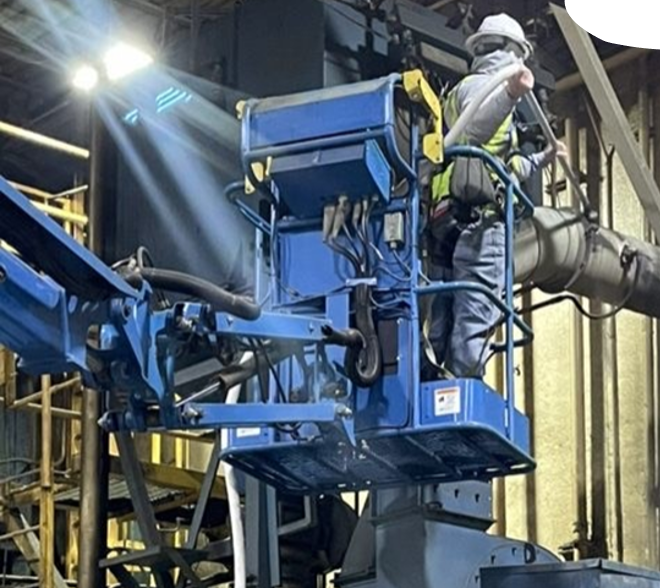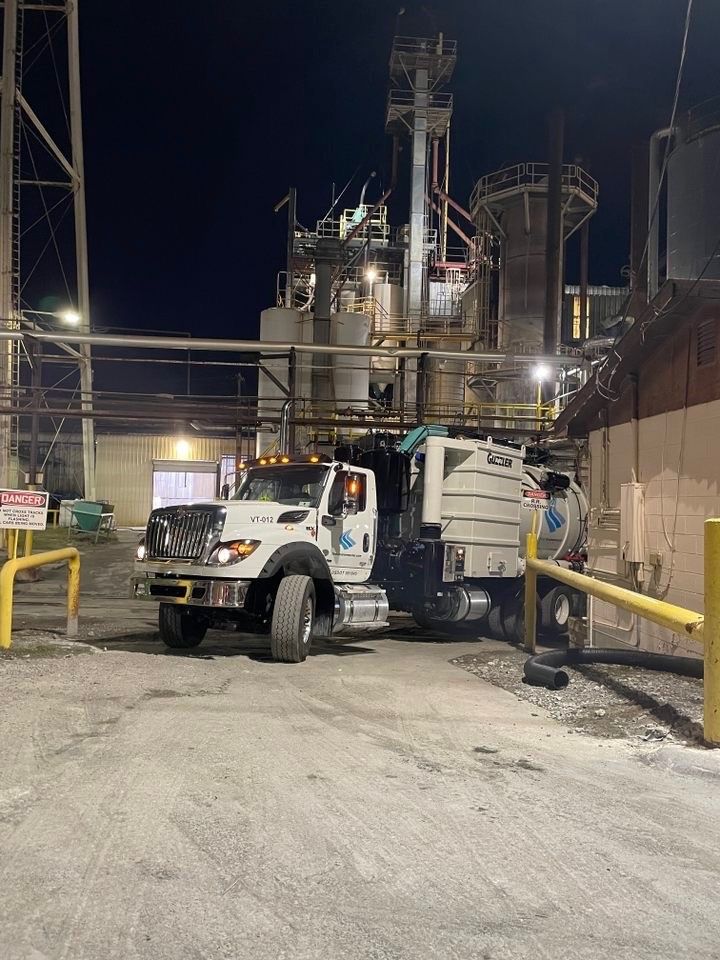What You Need to Know About Analytical/Sampling
Sampling and analytical are the collection method and test results used to make decisions about certain materials. For First Environmental, this is usually about waste disposal and profiling, but it can also be about abatement or health & safety. We utilize third party companies to do the analytical work, but helping our clients collect samples and finding the most appropriate (or required) test methods and sampling approach is something we get involved in daily. We also use trained experts to monitor specific materials that have toxicity to humans (asbestos, heavy metals).
Sampling for disposal purposes
The sampling is usually about the characteristics of certain waste materials, and the focus is on physical properties of the waste. Examples such as ignitability, corrosivity and reactivity, as well as various metal and organic materials are derived directly from the Resource Conservation and Recovery Act (RCRA) and its supporting regulations found in the Code of Federal Regulations (40 CFR 261). These sampling methods are designed to test for these physical properties or the presence of materials when tested that exceed a specified threshold which is identified in this section. “Totals” analytical provides a quantifiable result about the presence of certain materials in a sample. A TCLP (toxic characteristic leaching procedure) analytical is the basis for RCRA determination. Sampling for each of these items varies according to the test method, but ultimately are about determining whether the waste is hazardous or non-hazardous by these definitions. Treatment, Storage and Disposal Facilities (TSDF’s) have requirements about what types of materials they can receive and manage, including hazardous waste or non-RCRA waste, and this analytical or testing allows them to corroborate their ability to handle it. While the focus here is on hazardous waste, it can also apply to other property types including radioactive, TSCA (Toxic Substances Control Act), etc…
Sampling and Surveys for Abatement
Prior to a demolition or renovation, facilities need to identify if they specific hazards that need special attention. Specifically asbestos, heavy metal dust and Pb-based paint come to mind. When there is the possibility of these materials being present, they must be tested for prior. If present, there are abatement procedures that must be followed in accordance with various compliance regulations (these can be federal, state, local, corporate, etc…). Sampling via physical method such as wipe sampling or debris or collected materials is most common. Air monitoring is a frequently used testing method for identifying asbestos particles that are released into the air. These are potential health hazards to those in the area. Pre-sampling or surveys are used to identify these areas of concern so they can be abated. Air monitoring is also done at the end of an abatement project to indicate that it has passed OSHA/AHERA clearance standards. These are referred to as “clearance” samples. More details on this or included in the next section.
Monitoring for Health & Safety
This focus is more about the physical conditions that employees are working in. Similar to air monitoring mentioned in the previous paragraph, sampling the air for hazards that can impact human health are critical to safe operations. Chemicals such as hydrogen sulfide, oxygen, carbon monoxide, ammonia, or other volatiles can be tested for using gas meters. Their presence or lack of presence can impact safety. Recognition of OSHA PEL’s and other hazards helps us to determine engineering controls or proper PPE selection when working. The following are two of the most common sampling methods:
- Wipe testing:
Initial testing for heavy metals is accomplished via “ghost wipes”. These wipe samples will be collected by a trained, third-party professional and analyzed at an accredited laboratory. These samples will establish the baseline levels of contamination that exist in the work area and are often referred to as “background samples”. When considering the approach to abatement, it is important to obtain background samples prior to the beginning of any abatement job in order to choose the adequate level of worker protection, containment measures, and air monitoring procedures necessary. After abatement is complete, these same wipe sample methods will be applied to obtain post-job levels of contaminants from the work area. - Air monitoring:
Air monitoring is offered in a variety of different applications in the abatement world. One of the ways that air monitoring is used is by attaching personnel monitoring pumps onto the abatement workers and monitoring the air present in the worker’s breathing zone. This air is captured into a cassette and analyzed via Phase Contrast Microscopy to identify the levels of contaminants present in the air. This is important information for any abatement contractor to obtain in order to ensure all workers are protected by selecting the appropriate respiratory protection for each job. Air monitoring is also used outside the work area as a means of obtaining quantitative laboratory data that ensures hazardous fibers are not escaping the work area during or after abatement. The final way that air monitoring is used is for a final clearance on the abatement job. This means that air monitoring pumps will be set up inside and/or outside the work area to ensure that there are no hazards remaining in the air after abatement is complete and the space is safe for re-occupancy.
Wrap-Up
First Environmental supports our customers by providing options to solve their problems, each step along the way. We do our part to make it easy for you. We want to work for you, and we want you to see the difference First Environmental can make. We have various sampling options to collect analytical.
To speak with a representative about sampling/survey services or other industrial cleaning or abatement jobs call First Environmental today or send us a note via e-mail.





